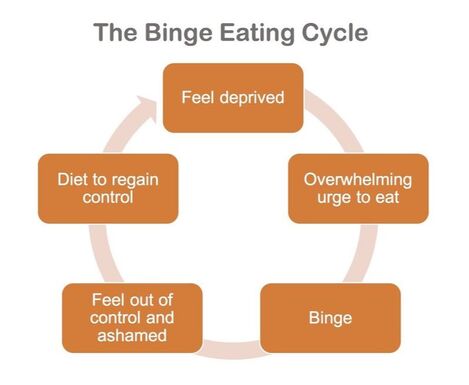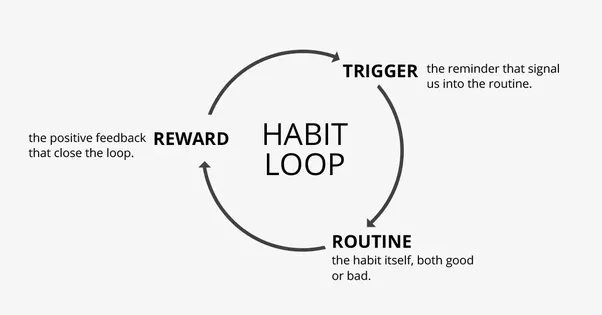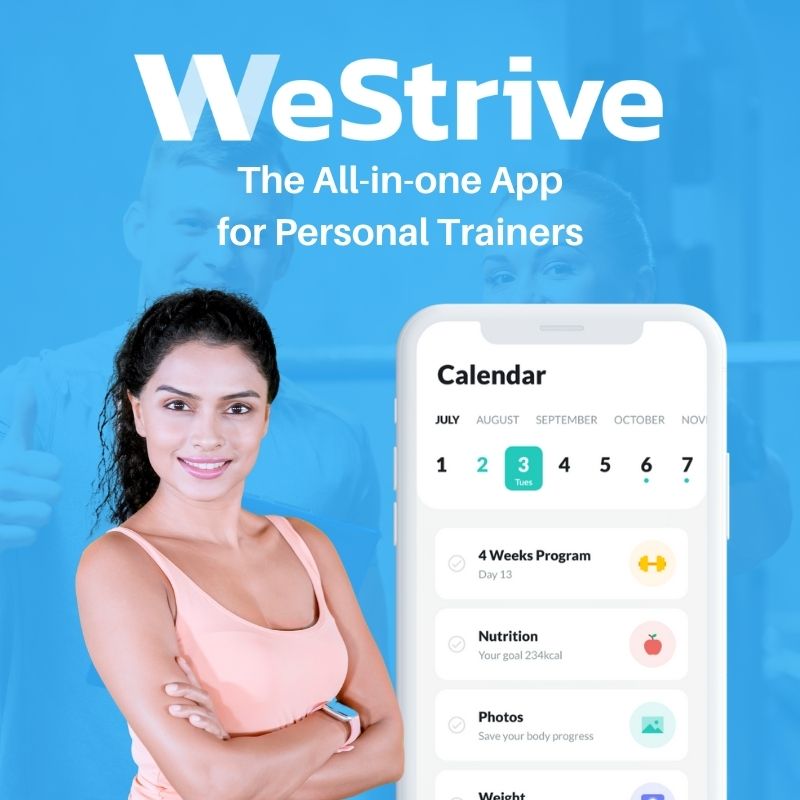|
FREE GUIDE: HOW TO LAUNCH AN ONLINE PERSONAL TRAINING BUSINESS
IN JUST 7 DAYS
✓ The new, better way of launching an online business
✓ The fastest way to create in irresistible offer ✓ A simple system to sell to clients who are interested |
|
To help a client succeed with their body composition goals, you probably start off by calculating their calories and providing them with a workout plan. However, in most cases that won't be enough, especially for clients who have a lot of weight to lose. The issue is that many clients understand what they should be doing but do not know how to change their current habits. This is where habit coaching comes in. Habit coaching is king for most clients, and so it is important for personal trainers to understand how to provide this service effectively. What Is Habit Coaching? There is nothing more disappointing than hearing that a client does not want to continue with your personal training services because they feel like they simply cannot stick to the plan you have provided. While this is frustrating, the truth is that many people struggle to stop their bad habits. Research shows that we need to concentrate on changing people’s behavior to help them adopt the habits that are needed to reach their health and fitness objectives and enhance the quality of their life. It is important to get to the bottom of what has happened for the client to end up in the position they are in. For example, if your client is overweight and struggles to eat healthily or stick within their intended calorie range, you need to ask why. What triggers overeating?. What is a Habit? Researcher Wendy Wood carried out a study that discovered that people spend between 33 and 50 percent of their days engaging in habits or habitual behaviors. A habit is something you perform without realizing you are doing it. They are managed via your unconscious thoughts. Habits are also free from intense emotion and high-level cognitive processing. They also have a context, i.e. a number of situational and environmental factors that are associated with the habitual behavior. Habit Coaching Strategies Whether your clients struggle with binge eating or they miss workout sessions often, helping them to break bad habits is what will dictate whether or not they are successful on their weight loss journey. Positive Thinking vs Mental Contrasting Positive thinking can actually trick someone’s mind into thinking that they have already achieved their objectives, and this can make them feel less intent on pursuing it in real life. So, while positive thinking is critical, it also needs to be paired with grounded thoughts. We’re not talking about pessimism. We’re talking about being pragmatic. Have a more hybrid and balanced approach. This is known as “mental contrasting” because you are approaching a goal or task with confidence and optimism, yet you are also identifying the chief challenges you will come across while you try to achieve your goals. Help Clients Find Their True Motivation By the time you start working together with a personal training clients, you usually have a good idea about what they want to achieve and why. However, motivation is magnified even more when it comes to habit changing. We are not simply talking about “why” someone should do an exercise class or two. We are talking about “why” they should sustain major life changes. Finding this kind of true motivation is challenging, but it is important. When doing this, avoid motivation that is linked to instant gratification and short-term results. Remember, this is about the bigger picture and enjoying a better life. Chunking Down One of the worst things you can do is make your clients feel like they have a mountain to climb, and that they need to change every single one of their habits all at once. If you do this, your clients will end up feeling overwhelmed, and they will struggle to achieve the targets you have set for them. Instead, always start small. Which might mean you agree with the client that they will aim to take a 30-minute walk every day for the first month. Create a Habit Replacement Loop Creating a habit replacement loop is another effective approach. When we change a habit’s context, what we really do is swap one unhealthy habit out and bring a new habit in. The first thing you need to do is choose a habit that you want to address. So, help your clients to find a a behaviour that is preventing them from achieving their fitness goals. Once you have identified the habit, you then need to find the cue. What are the circumstances that are leading your client to perform this habit? It can be a good idea to sit down with your client and itemize everything they do in a day, working back from the habit in question, so you can understand how they get to that point. Next, you should identify the reward. What is the crave that your client is satisfying? You may need to experiment a bit to discover what craving the habit is fulfilling. However, this is a vital part in the habit replacement loop because the behavior the client is supplementing for their pre-existing habits needs to deliver some other reward that is beneficial enough to suppress the other craving or satisfy the same craving. Finally, you need to create a new routine. This is where things intersect with some of the other suggestions we mentioned earlier in the post. Habit Replacement Loop Example: An overweight client is complaining that they don't have the energy to exercise after a long day at work. All they do is get home, change and then turn on their favorite show while having dinner. As you talk more, they reveal that their work is so stressful, they just want to escape reality for that episode or two. Now, what if you could get this client to commit to taking their gym clothes with them in the morning and on their route home they'd hop into the gym, onto a bike with their tablet and watch that episode while riding the exercise bike. Say, 3 times per week as a start. While it may not be the end goal, the client could start working on the habit of getting to the gym regularly while still getting their Netflix fix. You can then work from there once that habit is established. Help Clients Lose Weight with Habit Coaching So there you have it: an insight into how you can use habit coaching to help your personal training clients lose weight.
While diet plans and workouts are important, you need habit coaching to teach your clients how to put their workouts and nutrition plans into action. A lot of people know what they need to do, but doing it is a different matter entirely. This is why habit coaching is critical! |
Our All In One Platform
Check out out all in one business & marketing platform for personal trainers!
WEBSITE BUILDER | FUNNELS |MEMBERSHIPS | SCHEDULING| EMAIL MARKETING| PAYMENTS| CRM | AI ASSISTANT | SURVEYS
Popular Articles
Trusted Partners
We work closely with some of the best service providers in the fitness industry.
Categories
All
|









